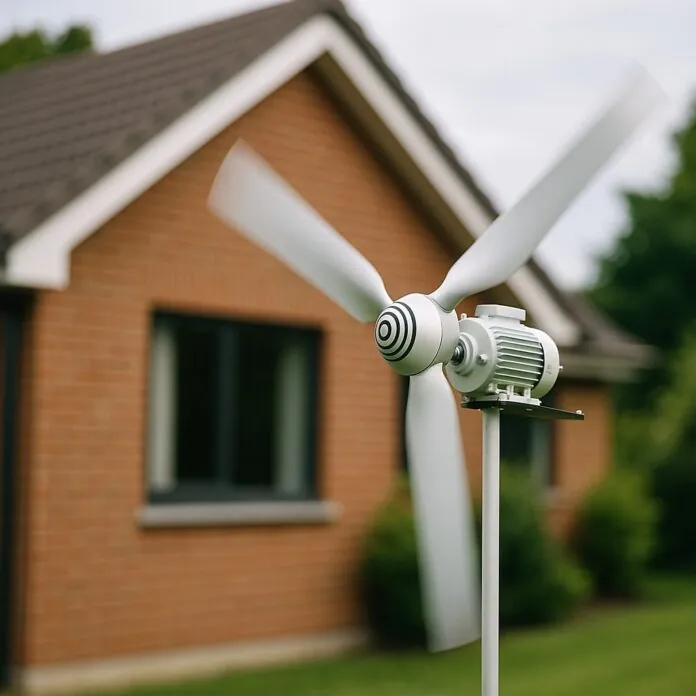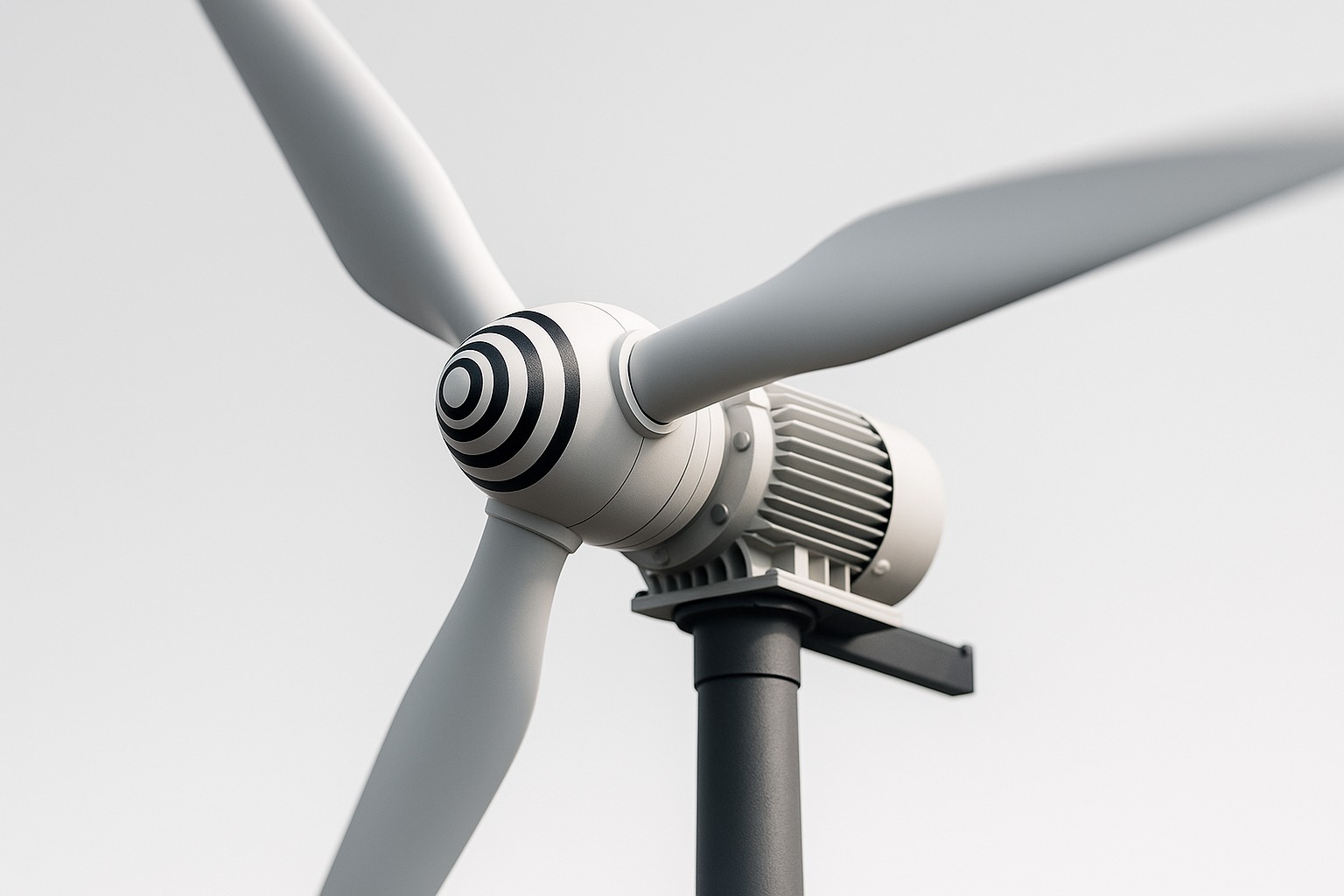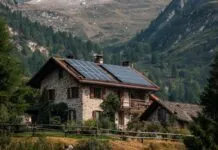
For years, most of us thought that wind power meant giant towers stretching across fields or coastlines. Engineers chased size because a bigger wind turbine seemed like the only path to real energy production.
That idea is starting to change. A small machine from Germany is showing that power can come in compact form, even in a gentle breeze.
Researchers at the Fraunhofer Institute for Applied Polymer Research have built a new kind of small wind turbine that works where others stall. It starts turning at wind speeds so low that most devices would stand still.
Instead of relying on size or heavy machinery, it depends on smart materials, precise design, and aerodynamic balance.
The result is a lighter, faster, and far more efficient system that redefines how we think about renewable energy at home, on farms, and in small businesses.
A Turbine That Turns in Weak Wind
Experts at Fraunhofer IAP collaborated with the BBF Group to demonstrate that small systems can generate significant power without relying on constant high winds.
In controlled wind tunnel tests, the prototype achieved 450 revolutions per minute and generated 2,500 watts of power at a velocity of 10 meters per second.
That output is 83 percent higher than other turbines in its size class.
It achieved 53 percent efficiency, which almost reaches the Betz limit, the theoretical cap of 59.3 percent first calculated by physicist Albert Betz a century ago.

How It Works
The secret is a careful mix of aerodynamics and polymer engineering. Engineers redesigned the shape of the rotor to capture the widest possible airflow at slow speeds.
Every curve and angle of the blades guides wind into motion instead of letting it slip away.
Less drag means more torque at the shaft, and that means more power even under calm conditions.
The team used computer simulations to test how different blade profiles respond to variable wind.
Each revision focused on maximizing lift and minimizing the turbulence that usually wastes energy.
Once the design proved stable, they built the blades through automated fiber placement, a process that positions every strand of composite material with pinpoint accuracy.
Such precision reduces overlaps, sharpens the aerodynamic surface, and ensures consistent weight across each blade.
Key Features
- Ultra-low start speed: spins at 2.7 m/s compared to 4 m/s for standard systems.
- High output: 2,500 watts at 10 m/s wind.
- Efficiency: 53 percent of available wind energy converted, near the Betz theoretical limit.
- Compact design: suitable for rooftops, farms, or off-grid installations.
- Silent operation: smoother rotation means minimal noise pollution.
It opens possibilities for towns, villages, and private users far from ideal coastal conditions.
Instead of waiting for gusts or relying only on solar panels, households could maintain a steady energy flow through small, affordable turbines that perform even on quiet days.
Lighter Materials, Greater Output
The lighter structure reacts instantly to even mild wind, reaching top speed faster and with less strain on the hub and bearings.
In high wind, the blades flex naturally and turn slightly away from the gust, slowing rotation and preventing overload.
| Weight reduction | Up to 35% lighter than conventional blades |
| Material | Hollow fiber composite with resin bonding |
| Manufacturing | Automated Fiber Placement with 3D-printed molds |
| Durability | Flexes safely in storm-level winds |
| Maintenance | No active control or braking system needed |
Lighter design means quicker starts, smoother operation, and longer service life.
Final Thoughts
I have seen many clean energy projects that look good on paper and fade later. This one feels different. The data is solid, and the design choices make sense.
A small wind turbine that works in weak wind can help people depend less on big networks.
















